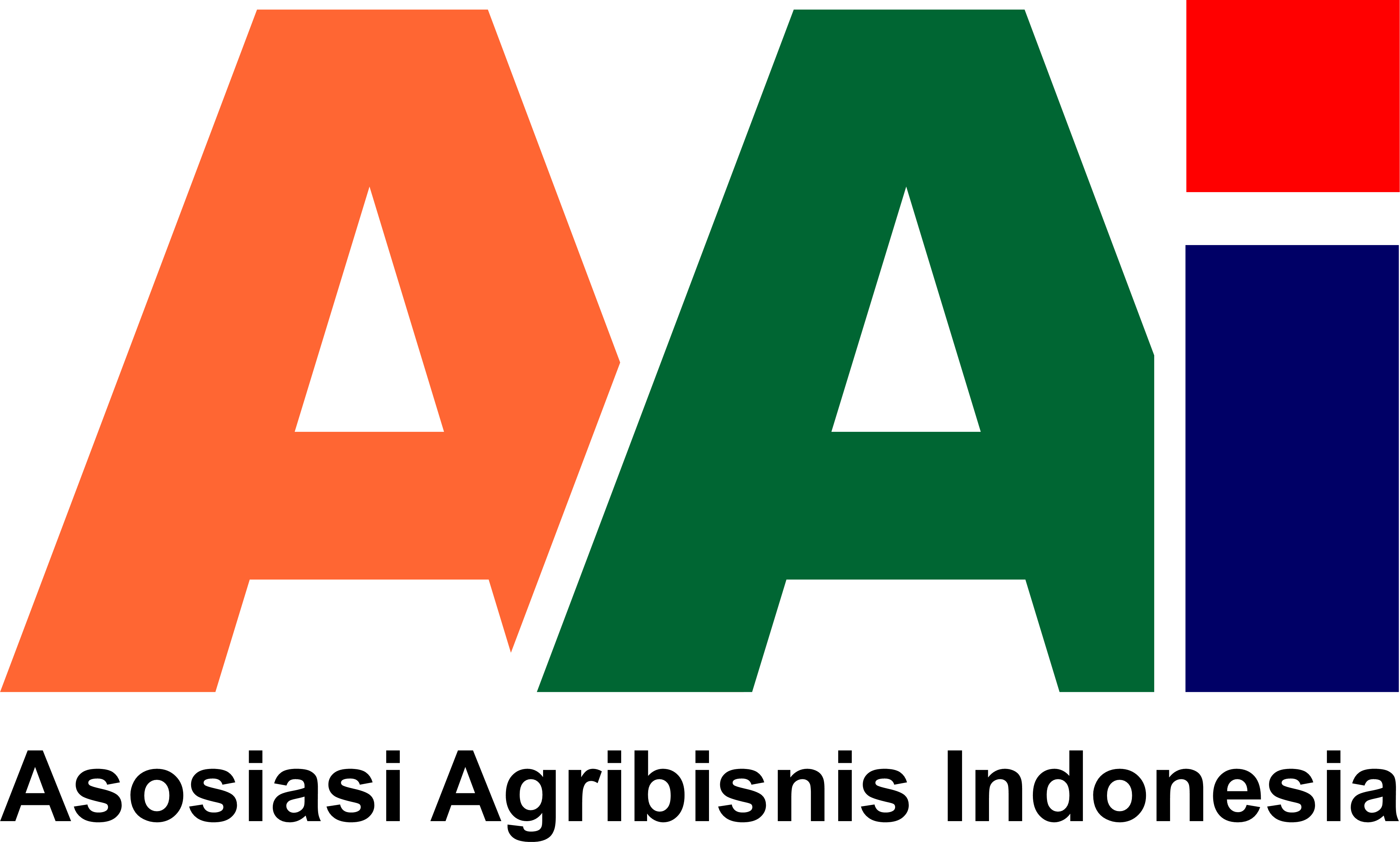PENINGKATAN PENDAPATAN MASYARAKAT PEDESAAN DALAM HUBUNGANNYA DENGAN DISTRIBUSI ANTAR RUMAH TANGGA
Abstract
The purpose of this study is to show interrelation between the level ofdevelopment successful and income distribution inequality among households.
By using Patanas data 1999 especially the information that covered household
income aspect, this study identify the shape of relationship between two
parameters these are the skewness of household income distribution that
is measured by Gini Index value and level of income that is calculated
in income per head. Based on the village analysis unit, the discussion
focused on the shape of the two in order to examine Kuznets hypothesis
that represent by U-shape pattern. The analysis of study verified that
the relationship support the hypothesis. It means, increasing in household
income followed by increasing in household income distribution skewness
especially in the beginning of development phase; but this tendency change
in opposite way in next development phase. While, the level of income
distribution skewness have positive correlation with three income factors,
these are distribution of agricultural income, distribution of household
member education level and distribution of agricultural land holding.
Besides, the distribution of agricultural income is affected by the distribution
of agricultural land holding, especially in the area where agricultural
sector has a higher contribution on the economy of society.
Downloads
Download data is not yet available.
How to Cite
NURMANAF, A. ROZANY.
PENINGKATAN PENDAPATAN MASYARAKAT PEDESAAN DALAM HUBUNGANNYA DENGAN DISTRIBUSI ANTAR RUMAH TANGGA.
SOCA: Jurnal Sosial Ekonomi Pertanian, [S.l.], nov. 2012.
ISSN 2615-6628.
Available at: <https://ojs.unud.ac.id/index.php/soca/article/view/4109>. Date accessed: 17 dec. 2025.
Section
Articles
Keywords
Income Level, Income Distribution, Gini Index












